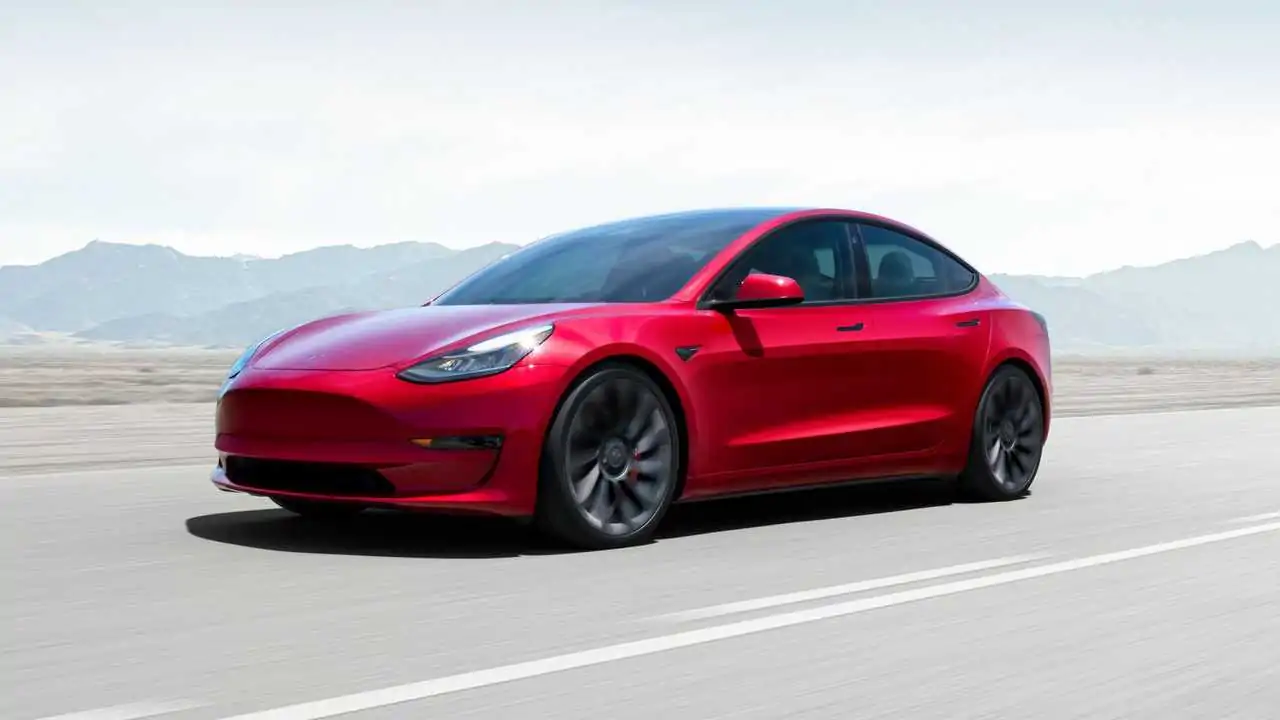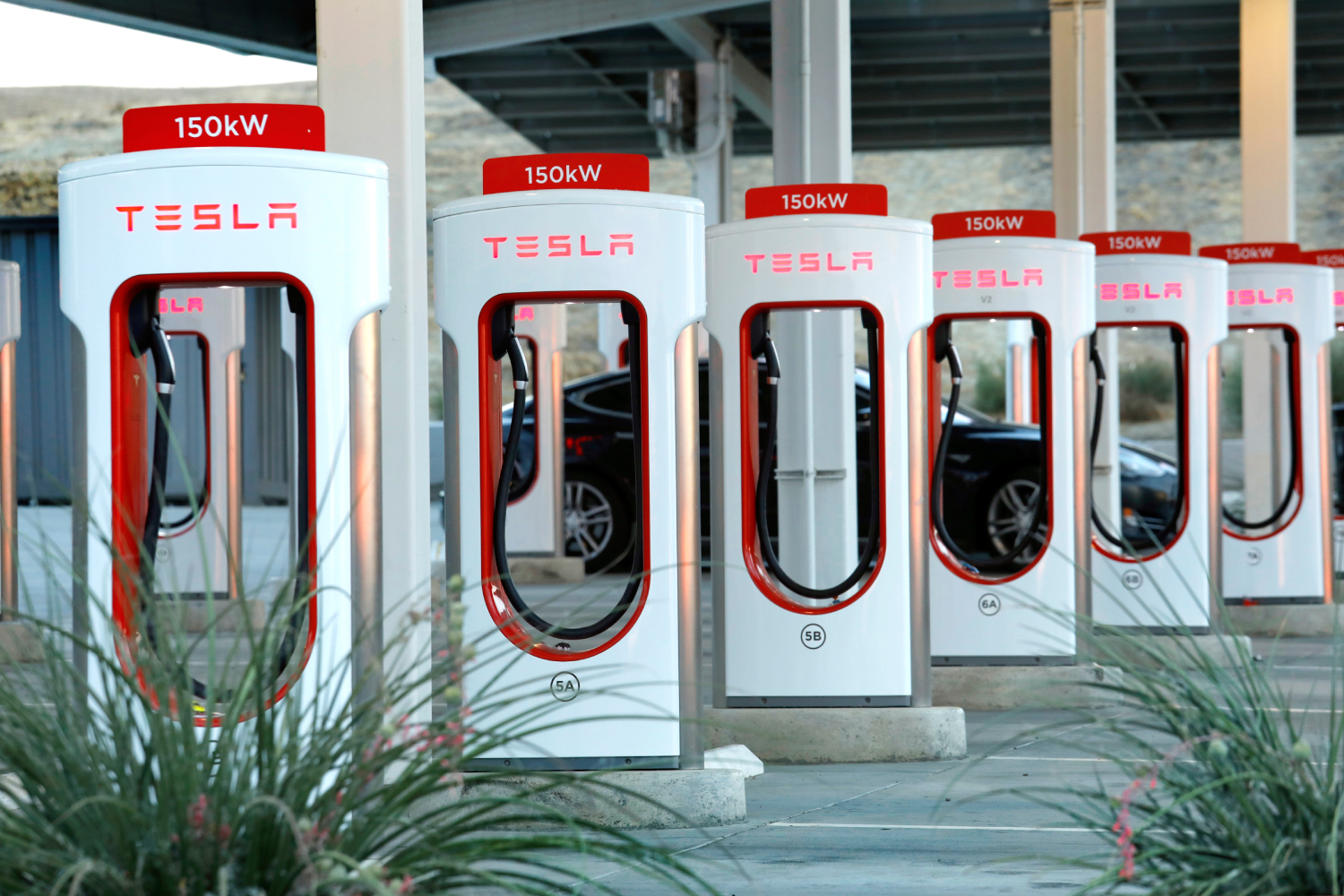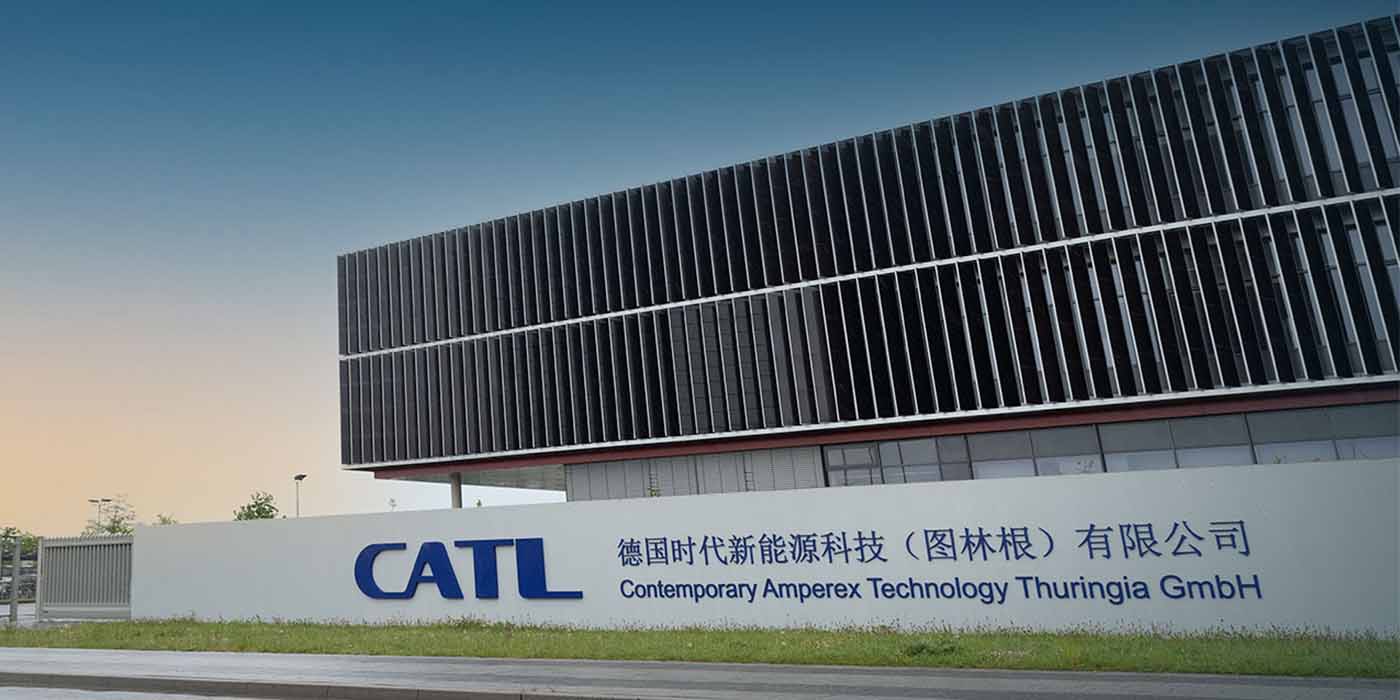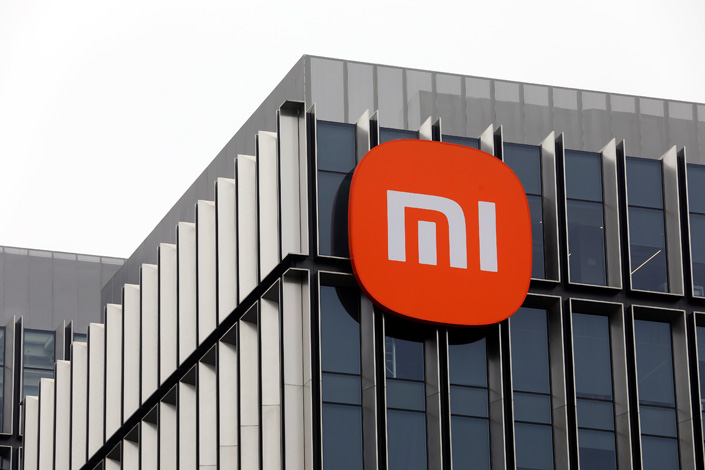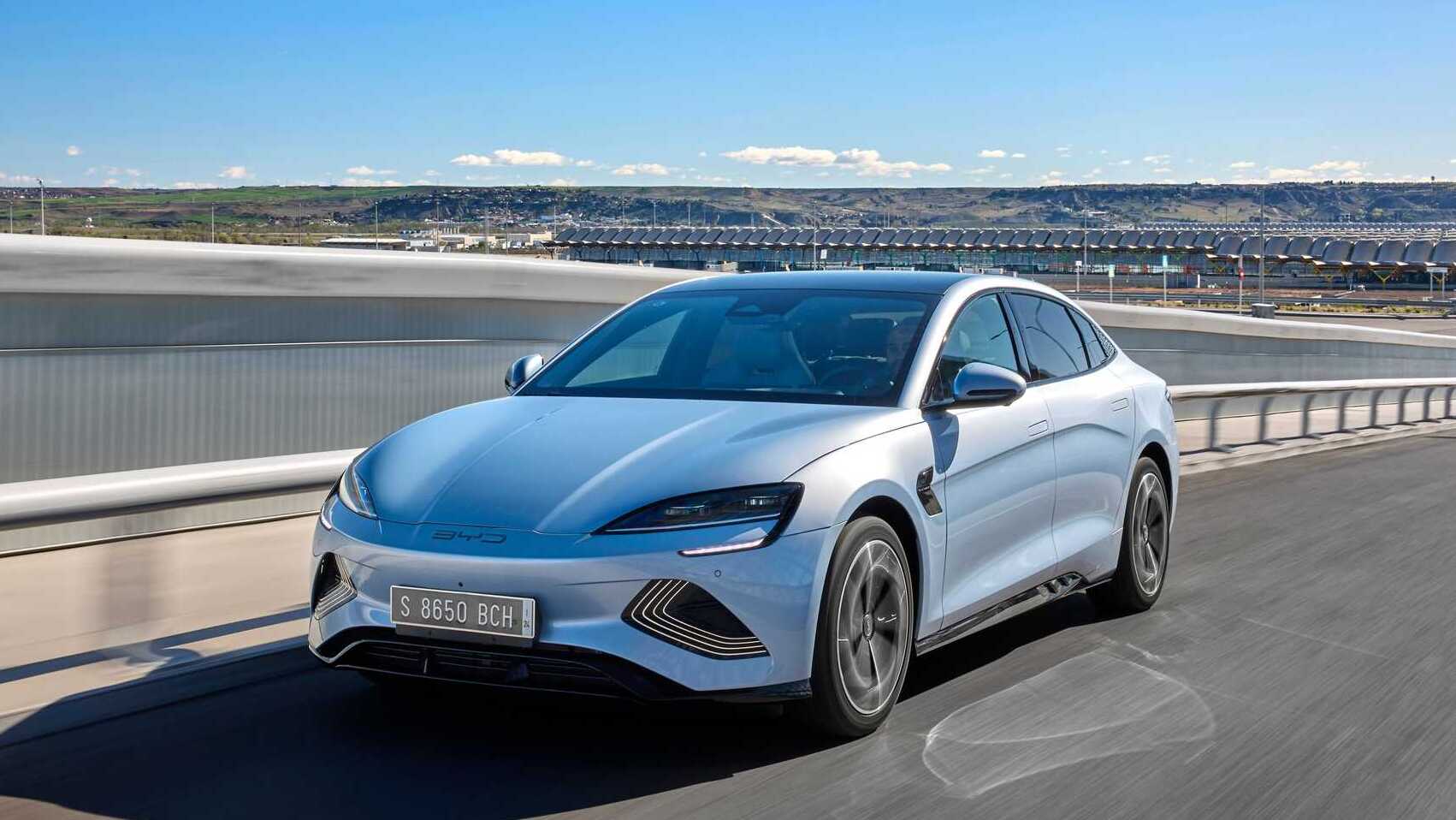Tesla has raised the prices of its long-range versions of the Model 3 and Model Y in China, following a similar move for the Model Y Performance at the end of last month. The adjustment is attributed to cost increases, according to a statement from the company.
The price hikes, which come amidst a backdrop of escalating production costs, have been implemented without any alterations to the vehicles’ configurations, as reported by local media outlet Elephant News. Tesla’s customer service staff emphasized that fluctuations in car prices are standard, and if costs decrease, prices may follow suit.
Tesla’s Shanghai factory, boasting an annual production capacity exceeding 950,000 vehicles, stands as the company’s largest globally, as highlighted in its third-quarter financial report. The factory currently produces both the Model 3 and Model Y.
In China, the Model 3 is available in two versions—the entry-level variant with rear-wheel drive and the dual-motor, all-wheel-drive Model 3 Long Range. Meanwhile, the Model Y is offered in three versions, including the entry-level variant with rear-wheel drive, the dual-motor, all-wheel-drive Model Y Long Range, and the dual-motor, all-wheel-drive Model Y Performance.
The recent adjustment in pricing follows a previous increase in the starting price of the Model Y Performance in China on October 27, rising by RMB 14,000 ($1,920) from RMB 349,900 to RMB 363,900.
Contrary to Tesla staff attributing the price hike to rising costs, industry observers suggest that it could be a strategic move to incentivize potential customers to place orders. The company has been signaling this adjustment for several days leading up to the official announcement.
Despite claims of rising costs, recent trends in the electric vehicle market indicate a decrease in the price of batteries, a key component influencing EV costs. Market research firm TrendForce reported a 2.2 percent decrease in the average price of square ternary cells for EVs in October compared to September.
The ongoing decline in the prices of upstream lithium battery raw materials, driven by a lack of demand in the power battery market, further challenges the narrative of escalating production costs. Since June 25, the average price of battery-grade lithium carbonate has reportedly fallen by over 50 percent.

